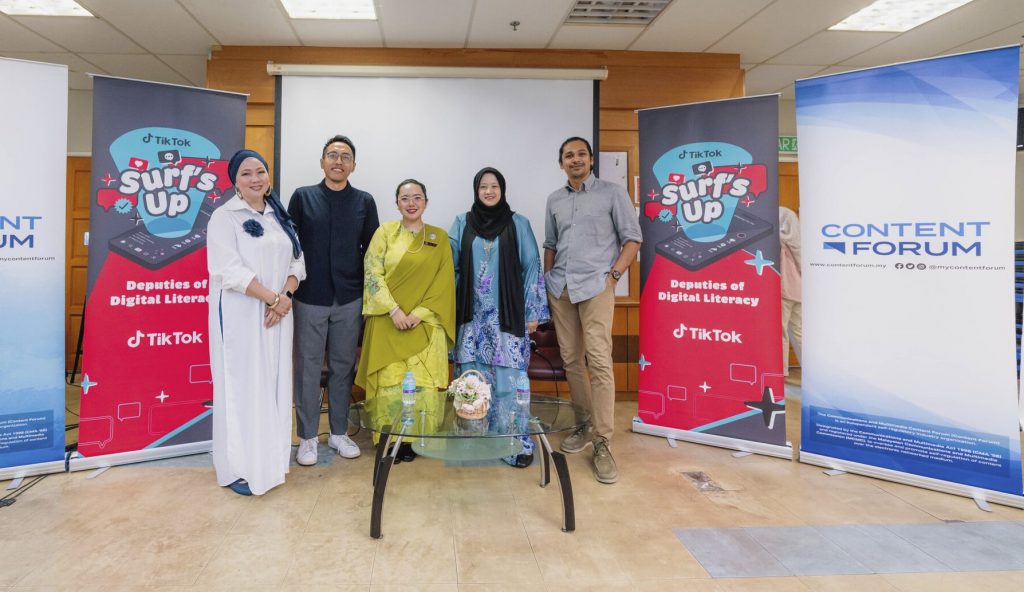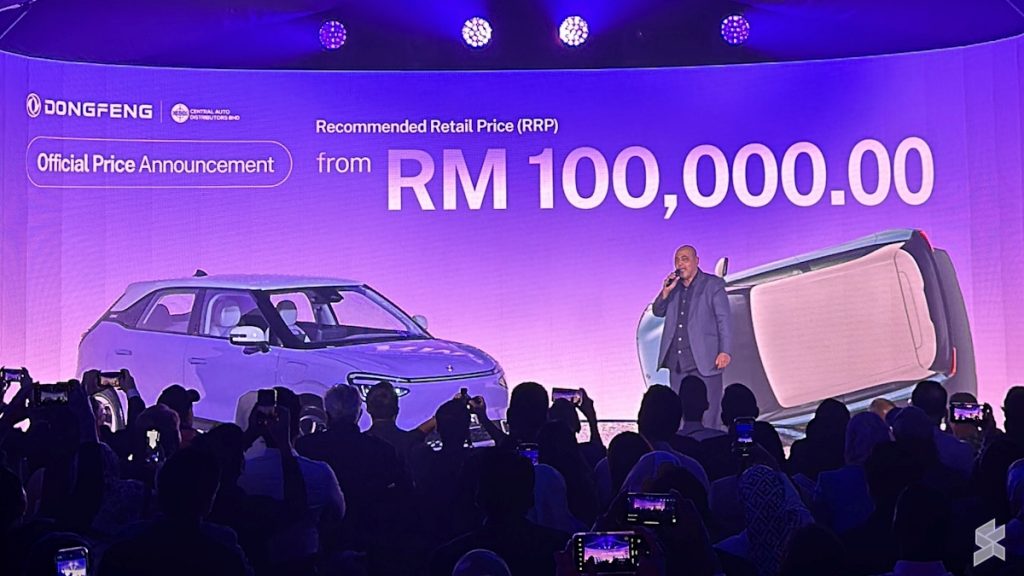The sun beats down on a concrete jungle, asphalt shimmering in the heat haze. In this urban furnace, the demand for cool air hums like a constant undercurrent. Traditionally, district cooling systems have been the go-to answer, piping icy deliverance from centralized behemoths. But a new breeze is stirring – Cooling as a Service (CaaS) is emerging, and its promise of sustainability is turning heads.
Breaking the Chains of Ownership
Ditch the upfront capital expenditure shackles. CaaS flips the script, transforming cooling from an asset to a service. No more sinking fortunes into chillers and pipelines. CaaS providers shoulder the financial burden, freeing you to focus on what you do best. It’s like renting a private beach on a sweltering day – instant comfort and zero sandcastle-building duties.
Efficiency’s Siren Song
District cooling not only boasts centralized optimization, but CaaS (Cooling as a Service) takes it a step further. By implementing granular data monitoring and real-time adjustments, energy waste becomes nothing more than a distant mirage. Just imagine AI algorithms whispering instructions to chillers, tailoring their output minute by minute to meet the unique needs of your building. It’s like having a thermal maestro conducting a symphony of icy efficiency, ensuring optimal performance and cost-effectiveness.
Innovation’s Playground
CaaS throws open the door to green energy playgrounds for a building cooling system. Renewable sources like geothermal or waste heat can be seamlessly integrated, painting your cooling needs with vibrant sustainability. Picture rooftop solar panels whispering sweet nothings to your air conditioning; hand-in-hand, they banish fossil fuels to the shadows.
Flexibility’s Dance
CaaS isn’t just a one-size-fits-all straitjacket. It gracefully pirouettes to cater to your specific needs, whether you’re a bustling office tower or a quaint boutique hotel. Hosting a summer soiree and need that extra chill? Dial it up. Hibernating for the winter and want to scale it down? CaaS effortlessly bends to your rhythm, ensuring it adapts to you, not the other way around.
The Ripple Effect
Sustainability isn’t just about personal comfort, it’s about the grand tapestry of our planet. CaaS’s reduced energy consumption means fewer greenhouse gas emissions, a smaller carbon footprint, and a cooler future for all. It’s like throwing a pebble into the pond of climate change, sending ripples of positive change far and wide.
In conclusion, Cooling as a Service (CaaS) is not just an innovative solution—it is a revolution in the cooling industry that promises a sustainable, efficient, and flexible alternative to traditional district cooling systems. By breaking away from the chains of ownership, it reinvents the wheel, transforming the way we view and use cooling, converting it from a burdensome asset into a hassle-free service. CaaS sings the song of efficiency, leveraging AI technology to minimize energy waste, and ushers in a new era of green energy utilization. It is a dance of adaptability, accommodating the unique needs of various businesses and adjusting to the ever-changing rhythm of their operations.
But above all, CaaS is a clarion call to sustainability, reducing greenhouse gas emissions and contributing to a cooler, more habitable planet. We are at a pivotal moment in our fight against climate change. As we all seek ways to mitigate our environmental impact, solutions like CaaS offer a promising way forward. It is time to embrace this new breeze and enjoy the fresh, sustainable air it brings.




